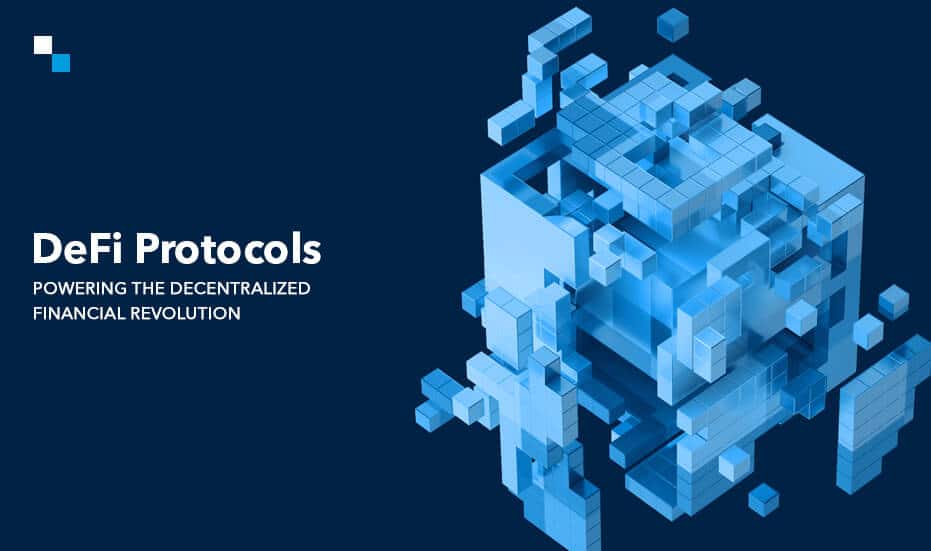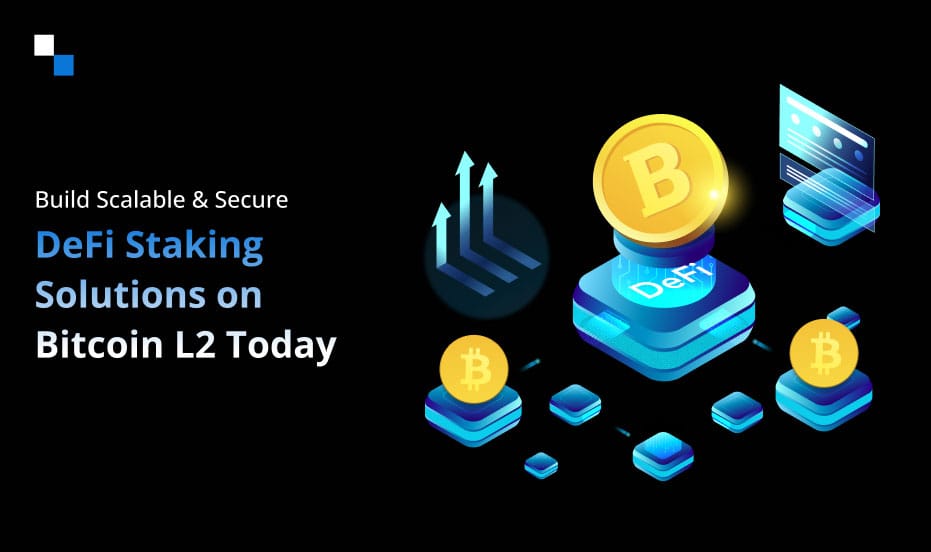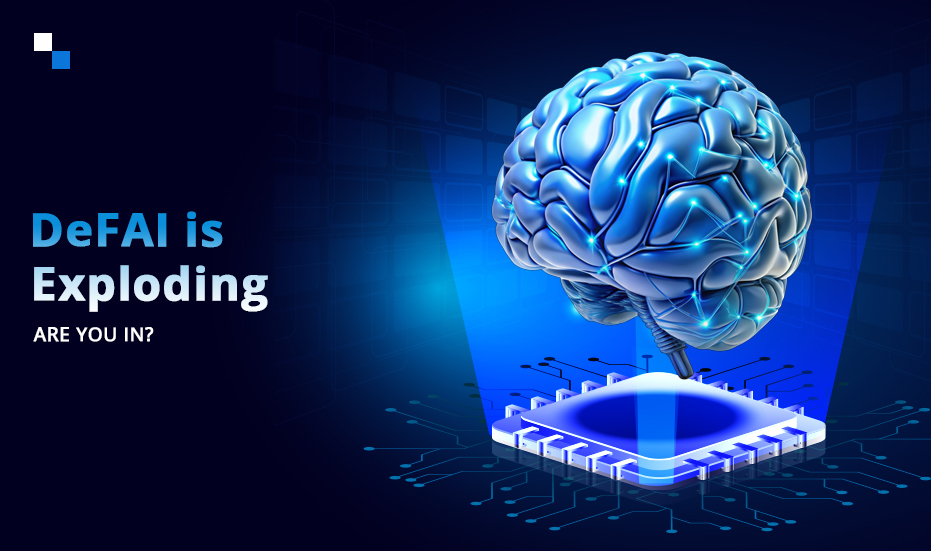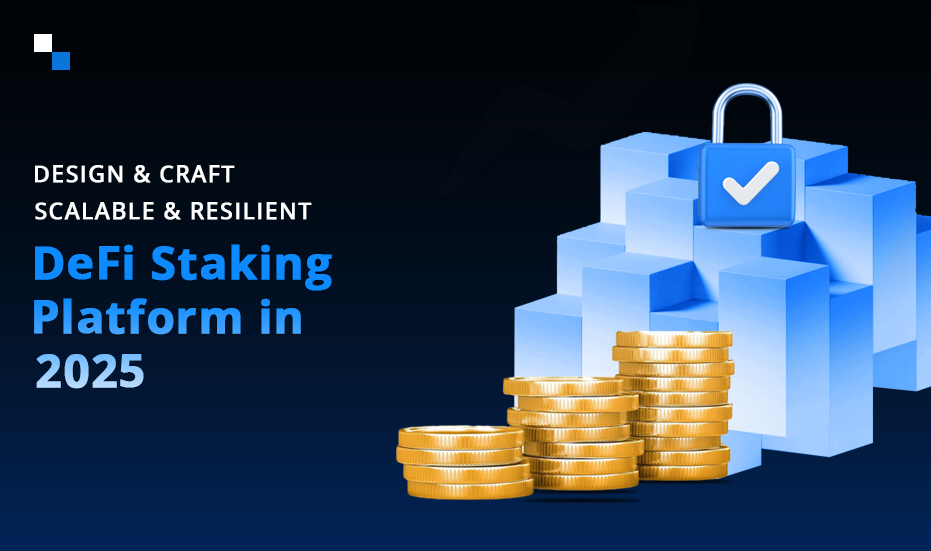The traditional financial system, long dominated by centralized institutions, is undergoing a seismic shift. Decentralized Finance (DeFi) protocols are emerging as the architects of a new paradigm, offering a peer-to-peer financial ecosystem built on the power of blockchain technology. This blog delves into the intricate world of DeFi protocols, exploring their core functionalities, the problems they solve, and the exciting possibilities they hold for the future of finance.
Demystifying DeFi Protocols: Building Blocks of a New Era
At the heart of DeFi lie DeFi protocols – self-executing computer programs built on blockchains like Ethereum. These protocols leverage smart contracts, immutable code snippets that automate financial agreements and transactions without the need for intermediaries. This eliminates the inefficiencies and potential manipulation associated with traditional financial institutions.
A Spectrum of Functionality: Unveiling the Power of DeFi Protocols
DeFi protocols offer a diverse range of financial services, encompassing:
- Lending and Borrowing: DeFi protocols like Aave and Compound facilitate peer-to-peer lending and borrowing of cryptocurrencies. Users can deposit their crypto assets into a liquidity pool, earning interest on their deposits. Borrowers can access loans by supplying collateral and paying an interest rate determined by the supply and demand within the protocol.
- Decentralized Exchanges (DEXs): Unlike traditional exchanges controlled by a central authority, DEXs like Uniswap and SushiSwap enable peer-to-peer trading of cryptocurrencies without intermediaries. They utilize automated market makers (AMMs) to determine token prices based on liquidity pools.
- Yield Farming: This strategy allows users to earn rewards by locking up their crypto assets in liquidity pools used by DeFi protocols. The potential rewards come from transaction fees and incentives offered by the protocol itself. However, it’s crucial to understand the associated risks, such as impermanent loss.
- Derivatives: DeFi protocols like Synthetix and dYdX enable the creation and trading of derivative instruments like perpetual swaps and options contracts on a decentralized platform. This opens up new avenues for hedging and speculation in the crypto market.
- Decentralized Insurance (DeFi Insurance): Protocols like Nexus Mutual and EthSure provide an alternative to traditional insurance. Users can contribute to risk pools and receive coverage for smart contract exploits or hacks in exchange for a premium.
Advantages of DeFi Protocols: Why Decentralization Matters
DeFi protocols offer several advantages over traditional financial systems:
- Transparency and Immutability: Transactions on DeFi protocols are recorded on a public blockchain, ensuring transparency and immutability. This fosters trust and eliminates the risk of manipulation by intermediaries.
- Permissionless Access: DeFi protocols are open to anyone with an internet connection and a crypto wallet. This removes barriers to entry and promotes financial inclusion for the unbanked or underbanked population.
- Security and Censorship Resistance: Built on secure blockchains, DeFi protocols are resistant to censorship and single points of failure. Smart contracts ensure the secure and automated execution of financial agreements.
- Efficiency and Automation: DeFi protocols automate financial processes, reducing costs and transaction times compared to traditional systems.
Challenges and Considerations: DeFi’s Path Forward
Despite its potential, DeFi is still a nascent ecosystem facing several challenges:
- Scalability and User Experience: Current DeFi protocols often suffer from scalability limitations and complex user interfaces. Ongoing development is crucial to improve scalability and user experience to attract a broader audience.
- Regulation: The regulatory landscape surrounding DeFi is still evolving. Clear regulations are needed to ensure consumer protection and foster innovation.
- Security Vulnerabilities: Smart contracts are susceptible to hacks and exploits. Rigorous auditing and secure coding practices are essential to mitigate these risks.
The Evolution of DeFi: From v1 to v2 to v3
The DeFi space is constantly evolving, with the concept of DeFi v1 and v2 emerging to showcase this progress. DeFi v1 protocols laid the groundwork for the ecosystem, offering core functionalities like lending, borrowing, and decentralized exchanges. However, they faced limitations, like:
Limitations of DeFi v1:
While groundbreaking, DeFi v1 faced limitations that hindered widespread adoption:
- Scalability Issues: The Ethereum blockchain’s scalability limitations resulted in high transaction fees and slow processing times, making DeFi v1 protocols expensive and cumbersome to use.
- Limited Composability: DeFi v1 protocols functioned largely in isolation. Interoperability was limited, making it difficult to combine functionalities from different platforms for more complex financial strategies.
- Steep Learning Curve: Complex user interfaces and reliance on advanced crypto knowledge discouraged mainstream users from participating in DeFi v1.
DeFi v2: Building Upon the Foundation
Recognizing the limitations of v1, DeFi v2 protocols emerged with a focus on addressing scalability, composability, and user experience:
- Layer 2 Scaling Solutions: DeFi v2 protocols began exploring layer 2 scaling solutions like Polygon and Optimism to reduce transaction fees and improve processing times, making DeFi more accessible and cost-effective.
- Modular Architecture: V2 protocols adopted a more modular design, allowing easier integration and composability between different protocols. This enabled users to leverage functionalities from various platforms for more sophisticated DeFi strategies.
- Improved User Experience: DeFi v2 protocols prioritized user-friendly interfaces and simplified workflows. This aimed to attract a wider range of users by lowering the entry barrier and making DeFi experiences more intuitive.
DeFi v3: Ushering in a New Era
DeFi v3 represents the next stage of evolution, focusing on further refinement and innovation:
- Advanced Scalability Solutions: V3 solutions delve deeper into layer 2 scaling and explore novel approaches like zk-Rollups and optimistic rollups to achieve even greater scalability and efficiency.
- Enhanced Composability: DeFi v3 protocols push the boundaries of composability, aiming for seamless interoperability across the entire DeFi ecosystem. This unlocks the potential for building complex financial products and strategies by combining functionalities from various protocols.
- Focus on User Onboarding: V3 solutions prioritize user onboarding by creating intuitive interfaces, streamlined workflows, and potentially integrating educational resources to attract mainstream users and bridge the knowledge gap.
Beyond the Core: Exploring the Frontiers of DeFi v3
DeFi v3 isn’t just about scalability and composability. It also paves the way for exciting new possibilities:
- Decentralized Oracles: Integrating reliable and secure data feeds via decentralized oracles could enable DeFi applications to access real-world data and trigger actions based on specific conditions.
- Decentralized Autonomous Organizations (DAOs): DeFi v3 can integrate with DAOs, allowing for community-driven governance of DeFi protocols, fostering a more inclusive and transparent financial ecosystem.
- Programmable Money: Advanced DeFi v3 solutions might pave the way for programmable money, where tokens have embedded functionalities beyond simply being a store of value. Imagine tokens that automatically distribute dividends or trigger actions based on pre-defined conditions.

The Future of DeFi Protocols: A New Era of Financial Services
Here’s a glimpse into the future of DeFi protocols:
- Growth of Interoperable DeFi Ecosystems: Interoperable protocols will allow users to seamlessly move their assets and leverage services across different DeFi platforms. Imagine a universal DeFi experience where your crypto assets can be used across various protocols for lending, borrowing, trading, and more.
- Integration with Traditional Finance (TradFi): We can expect bridges connecting DeFi and TradFi, enabling the tokenization of real-world assets like stocks, bonds, and even real estate. This could unlock new investment opportunities for DeFi users and attract traditional financial institutions to explore DeFi products and services.
- Rise of Programmable Money: DeFi protocols could pave the way for programmable money, enabling developers to create tokens with unique functionalities beyond simply being a store of value. Imagine tokens that can automatically distribute dividends or trigger specific actions based on predefined conditions.
- Decentralized Autonomous Organizations (DAOs): DAOs are emerging as a new form of collective ownership and governance. DeFi protocols can be integrated with DAOs to facilitate community-driven decision-making for protocol development and resource allocation.
Conclusion
DeFi protocols represent a significant shift in the financial landscape. Their potential to democratize access to financial services, foster transparency, and enhance efficiency is undeniable. While challenges remain, ongoing development and collaboration within the DeFi community are paving the way for a more inclusive and innovative financial future.





